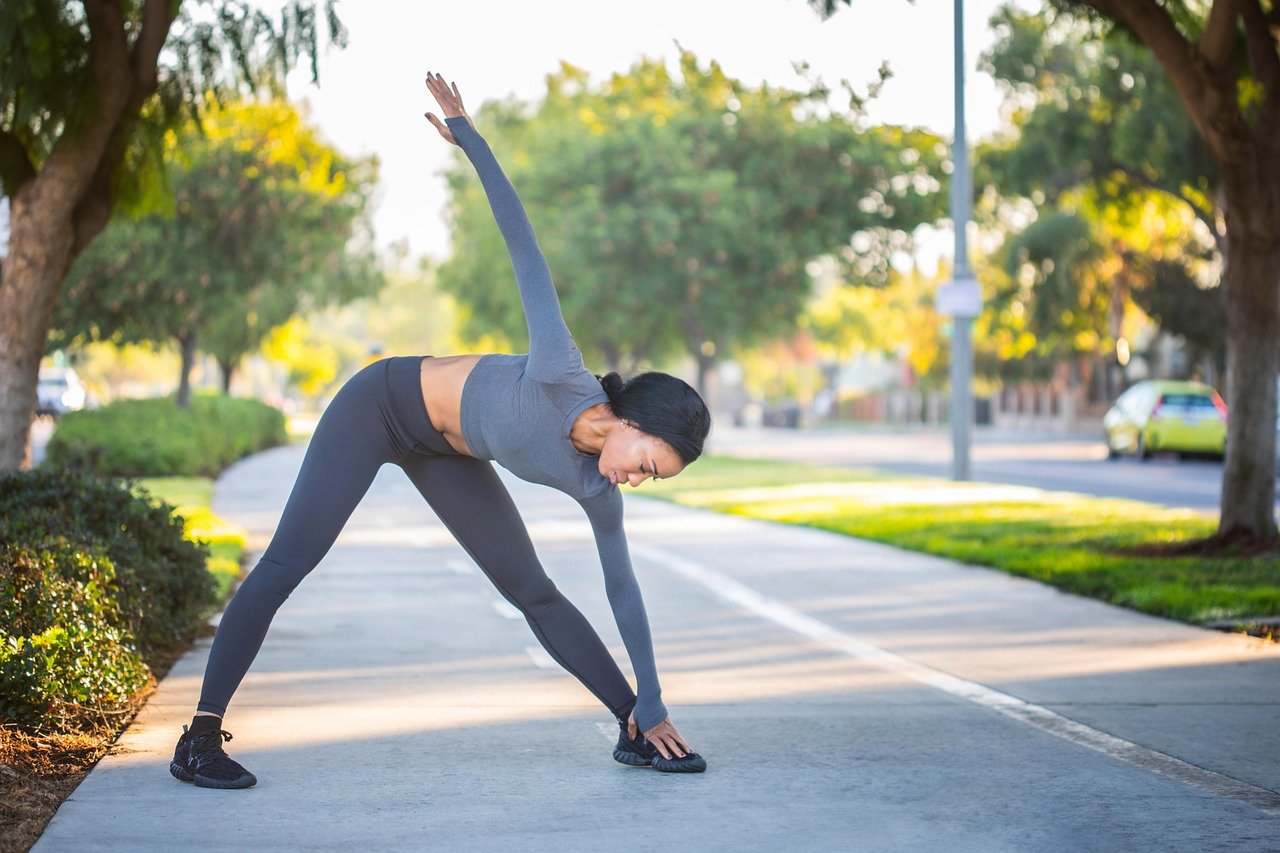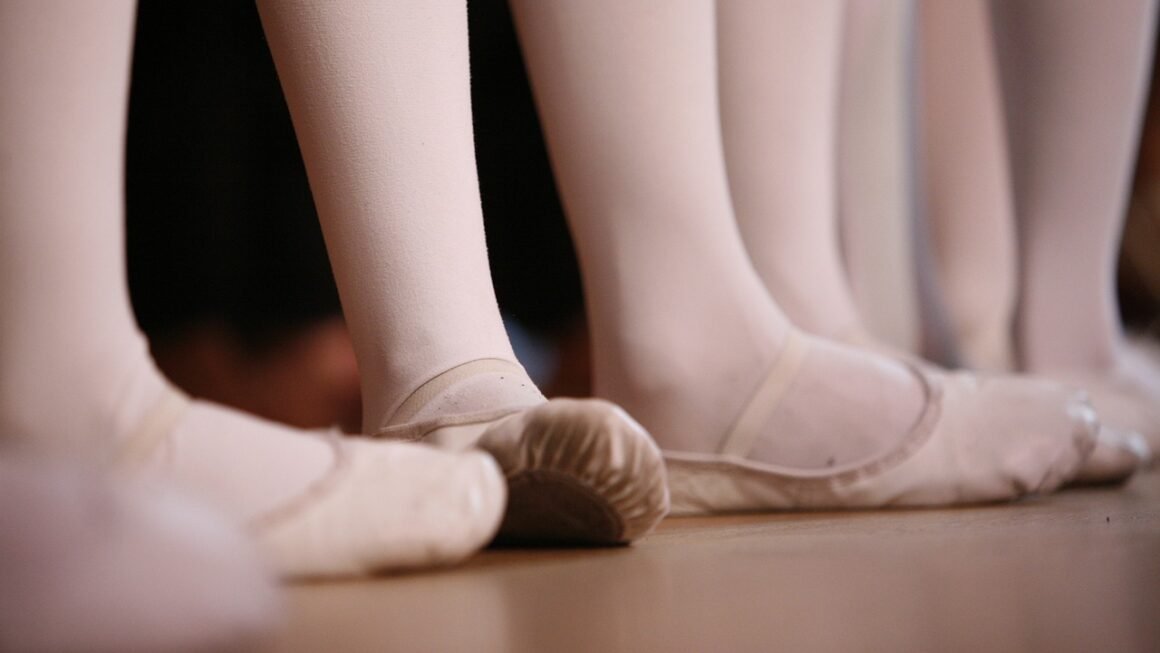Rock climbing is more than just scaling a wall; it’s a challenging physical and mental workout that connects you with nature and pushes your limits. Whether you’re a beginner looking to try something new or an experienced climber seeking your next big challenge, this guide will provide you with everything you need to know about rock climbing, from getting started to advancing your skills. Prepare to discover the exhilarating world of vertical adventure!
Getting Started with Rock Climbing
Types of Rock Climbing
Before diving in, it’s crucial to understand the different disciplines within rock climbing. Each style presents unique challenges and requires specific gear and techniques.
- Bouldering: Climbing on short, challenging routes (problems) close to the ground without ropes. Focuses on strength, technique, and problem-solving. Often uses crash pads for safety.
Example: V-Scale rating system (V0-V16) used to grade the difficulty of boulder problems.
- Sport Climbing: Climbing routes with pre-placed bolts that you clip into with quickdraws as you ascend. Emphasis on endurance and technical climbing skills.
Example: Clipping quickdraws correctly is essential for safety; ensure the gate faces away from the direction of travel.
- Traditional (Trad) Climbing: Placing your own protection (cams, nuts) into cracks in the rock as you climb. Requires significant experience and knowledge of gear placement.
Example: Learning to assess the quality of rock and placement opportunities is critical in trad climbing.
- Top Roping: Climbing with a rope already secured at the top of the route. Ideal for beginners as it minimizes the risk of a fall.
Example: A belayer is responsible for managing the rope and ensuring the climber’s safety in top roping.
- Aid Climbing: Using specialized gear (aiders, jumars) to directly assist in ascending a route when free climbing is impossible. Often used on big walls.
Example: Aid climbing allows access to routes that are otherwise unclimbable due to lack of features or extreme difficulty.
Essential Gear
Having the right gear is paramount for safety and performance in rock climbing.
- Climbing Shoes: Specialized shoes with sticky rubber for enhanced grip. Choose a pair that fits snugly but comfortably.
Tip: Consider the shoe’s downturn and stiffness based on the type of climbing you’ll be doing (e.g., aggressive downturn for bouldering, flatter for trad).
- Harness: A secure and comfortable harness is essential for roped climbing. Ensure it fits properly and is certified.
Tip: Check the harness’s webbing and buckles regularly for wear and tear.
- Rope: Dynamic climbing ropes are designed to stretch and absorb the impact of a fall. Choose the appropriate length and diameter for your climbing style.
Example: A single rope is commonly used for sport climbing, while double ropes are often preferred for trad climbing.
- Belay Device: Used to control the rope and arrest a fall. Learn how to use your belay device properly from a qualified instructor.
Tip: Practice belaying with an experienced climber in a controlled environment before using it on a real climb.
- Quickdraws: Used to connect the rope to bolts on sport climbs. Consist of two carabiners connected by a sling.
Tip: Regularly inspect quickdraws for wear and tear, especially the gate and sling.
- Helmet: Protects your head from falling rocks and potential impacts during a fall.
Tip: Always wear a helmet, regardless of the type of climbing you’re doing.
- Chalk Bag and Chalk: Improves grip by absorbing sweat.
Tip: Choose a chalk bag with a comfortable design and a secure closure to prevent spills.
Mastering Basic Climbing Techniques
Footwork
Efficient footwork is the foundation of good climbing technique.
- Focus on precision: Place your feet deliberately and accurately on holds.
Example: Use the inside or outside edge of your shoe for better grip on small holds.
- Engage your core: Keep your core engaged to maintain balance and stability.
- Trust your feet: Rely on your feet to support your weight and avoid over-gripping with your hands.
- Silent feet: Try to place your feet quietly to conserve energy and improve precision.
Body Positioning
Proper body positioning allows you to climb more efficiently and conserve energy.
- Keep your arms straight: Straight arms require less energy than bent arms. Use your skeleton to support your weight.
- Flagging: Extend a leg to the side to maintain balance and prevent swinging.
Example: Flagging can be particularly useful on overhanging routes.
- Drop Knee: Rotate your hip inwards and drop your knee to improve reach and reduce strain on your arms.
- Mantel Shelf: Pushing down on a hold to pull yourself up and over an edge.
Grip Techniques
Different grip techniques are used to maximize grip strength and efficiency.
- Crimp Grip: Using your fingertips to grip small holds. Can be strenuous on your fingers.
Caution: Avoid over-crimping to prevent injuries.
- Sloper Grip: Using your entire hand to grip rounded, featureless holds. Requires good friction and body positioning.
- Pinch Grip: Using your thumb and fingers to pinch a hold. Works best on holds with a distinct edge.
- Jug Grip: Using a large, easy-to-hold hold.
Training for Rock Climbing
Strength Training
Strength is a crucial component of rock climbing performance.
- Pull-ups: Develops upper body strength for pulling movements.
Example: Start with assisted pull-ups if you can’t do a full pull-up.
- Hangboarding: Strengthens finger and forearm muscles.
Caution: Start with easier exercises and gradually increase the difficulty to avoid injuries.
- Core Exercises: Planks, leg raises, and Russian twists improve core stability and balance.
- Campus Boarding: Advanced training for explosive power and finger strength. Requires experience and proper technique.
Endurance Training
Endurance allows you to climb longer and harder routes.
- ARC Training (Aerobic Restoration and Capillarity): Climbing easy routes for extended periods to improve blood flow and endurance.
- Interval Training: Climbing challenging routes with short rests to improve anaerobic capacity.
- Circuit Training: Combining multiple exercises with minimal rest to build overall fitness and endurance.
Flexibility and Mobility
Flexibility and mobility are essential for injury prevention and improved performance.
- Stretching: Regular stretching improves range of motion and reduces muscle stiffness.
- Yoga: Yoga combines strength, flexibility, and balance, making it an excellent cross-training activity for rock climbers.
- Foam Rolling: Self-massage technique to release muscle tension and improve recovery.
Safety and Ethics in Rock Climbing
Essential Safety Practices
- Always double-check your knots and harness: Before starting any climb, ensure your knots are tied correctly and your harness is properly adjusted.
- Communicate clearly with your belayer: Use clear and concise commands to avoid misunderstandings.
Example: “On belay?” “Belay on.” “Climbing!” “Climb on.” “Take!”
- Be aware of your surroundings: Watch out for falling rocks and other hazards.
- Never climb beyond your ability: Start with easier routes and gradually progress to more challenging climbs.
- Take a climbing course: Learn essential skills and safety techniques from a qualified instructor.
Leave No Trace
- Pack out all trash: Leave the climbing area cleaner than you found it.
- Minimize impact on vegetation: Avoid stepping on or damaging plants.
- Respect wildlife: Observe wildlife from a distance and avoid disturbing their habitat.
- Use existing trails: Stay on designated trails to prevent erosion.
- Be considerate of other climbers: Avoid loud noises and respect their space.
Conclusion
Rock climbing offers a unique blend of physical and mental challenges, making it a rewarding activity for people of all ages and abilities. By understanding the different types of climbing, mastering basic techniques, training effectively, and adhering to safety guidelines and ethical principles, you can unlock the full potential of this exhilarating sport. So gear up, head to the crag or gym, and start your climbing journey today! The vertical world awaits!



